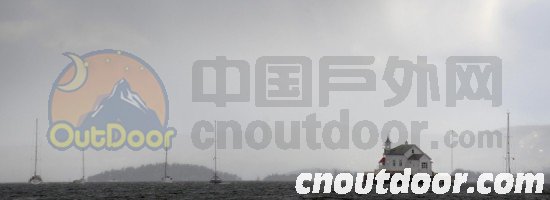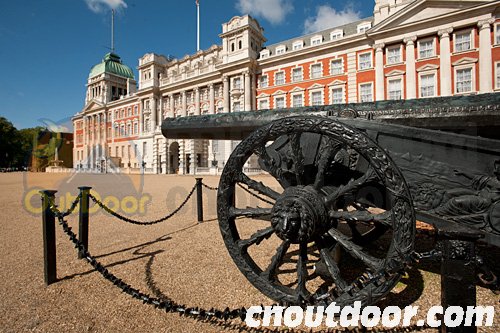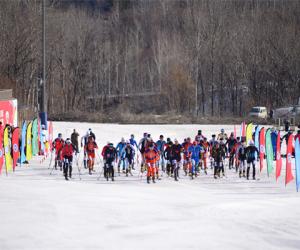
Despite what you might think looking at postcard racks and holiday brochures, people don’t just travel to places in the sunny, summer months. Winter photography doesn’t have to be dull though; often when the sun does shine you get very bright, crisp light.
Although the days might be shorter, the relatively low directional sunlight means that the sun is never directly overhead. This means you can often shoot all day and not get unpleasant shadows from overhead light.

Winter sunlight can cause a lot of contrast, making it hard to adequately show both the shadows and highlights. Combat this by selecting a lower contrast setting if you’re shooting regular JPEGs. If you’re shooting using RAW format you can reduce contrast when you process the images.
Look at Things Differently
There are of course times when the weather is just rubbish: overcast skies, murky light and even drizzle or rain. But this still doesn’t mean you can’t take good pictures, it just means is that you have to take different pictures.

Shooting long shots such as cityscapes or sweeping landscapes will show up the poor, hazy conditions more, whereas close-ups and details will make the overcast conditions less obvious. You can still shoot the longer shots as holiday pictures; it would be foolish not to come back with any pictures of the Eiffel Tower just because the weather was bad. But what you should try to do is take shots that are appropriate for the conditions as well.
Tricks of the Trade

There are certain tricks of the trade that you can employ to improve uninspiring winter pictures. If the sky is dull and lifeless, then boldly crop it out of the picture. If there is mist or fog, shooting into the light will stop your pictures looking flat. If you’re shooting a more expansive view, try to include something in the foreground so that at least part of the picture isn’t hazy.
If the conditions are dramatically bad you can sometimes be rewarded with dramatic pictures: a beam of sunlight breaking through dark storm clouds on the Yorkshire moors, or a Norwegian Fjord wreathed in fog. It is always worth persevering and still heading out to take pictures – even if things look pretty hopeless. It only takes a few seconds for things to turn around.
Technically, bad weather presents a couple of problems. If there is any rain, you have to protect your gear. If it’s a light drizzle then a plastic bag or even a hotel shower-cap can help. If the rain is more extreme then you might have to invest in a bespoke camera raincover.

All digital cameras will have some sort of white balance facility, which can be used to counter the cold blue colour cast that you tend to get when photographing on overcast days. You can try the auto white balance if you are shooting JPEGs or if you’re shooting RAW you can correct the cast with RAW processing software, with no loss of quality.

All photos by Steve Davey. Header image: Oslo Fjord, Norway. Even the worst, rainy winter weather can produce an atmospheric shot, if the weather is bad enough!
Steve extensive book, Footprint Travel Photography covers just about everything you could want to know about travelling with your camera. More information on http://www.bettertravelphotography.com/phototours/footprinttravel.html












